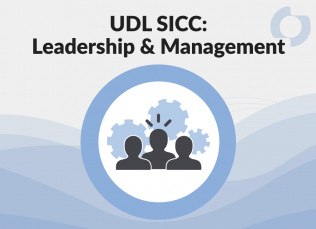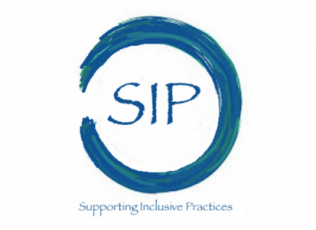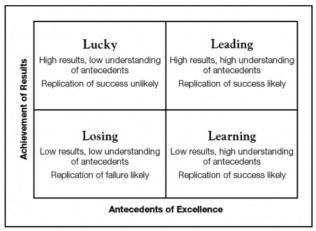
Brighter Future for Personalized Learning
In this article, author, Bill Wilmot, explores how school leaders can apply UDL to support personalized learning. The article explores ways principals, as instructional leaders, can create school structures and environments that help educators focus on student learning.
In this article, author, Bill Wilmot, explores how school leaders can apply UDL to support personalized learning. The article explores ways principals, as instructional leaders, can create school structures and environments that help educators focus on student learning.
How does it relate to the UDL-SICC?
This article aligns with the Leadership and Management Domain, Element 1 (D3, E1), and it explains how school leaders actively lead, support and monitor UDL Implementation across the school community ensuring systematic, intentional and sustained UDL implementation.
How might you use it?
- School leaders can use the article to reflect on how these elements exist within their school.
- Principals can reflect on how their practices promote conditions for the growth of UDL in supporting new mindsets, envisioning teachers as expert learners, and implementing structural changes.
- School leaders can solicit feedback from educators at their school to discover elements of the three areas discussed in this article, supporting new mindsets, envisioning teachers as expert learners, and implementing structural changes, and how their practices support these ideas.
Share this resource:
Posted date:
May 30, 2023





